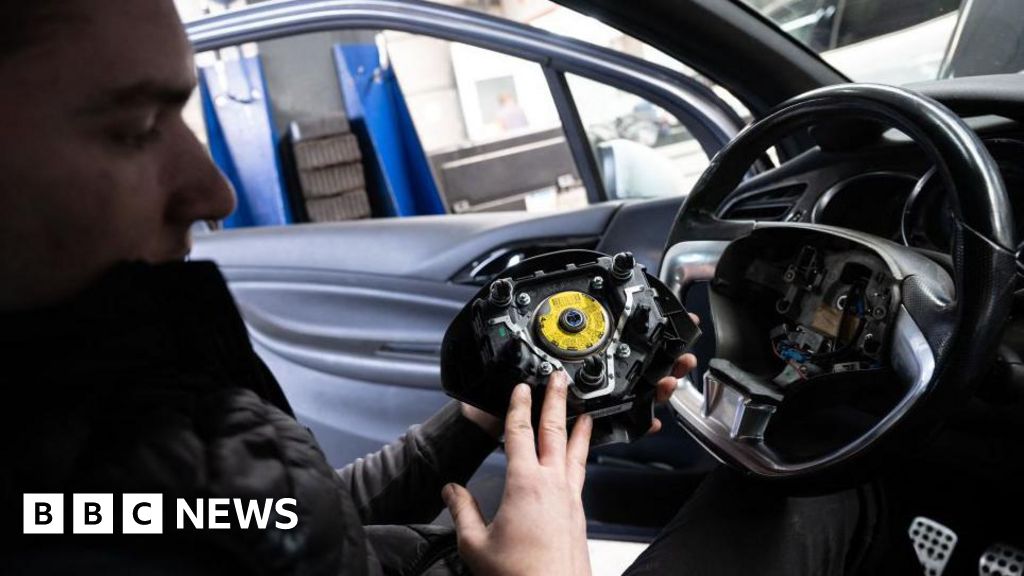After decades of planning and construction, the Vera C. Rubin Observatory is about to begin a 10-year survey of the southern sky. This enormous telescope has already produced stunning new images of the heavens and discovered thousands of new asteroids. New Scientist got a behind-the-scenes look at the telescope during the first few weeks of its operation.
High on a mountaintop in Chile, the telescope has just begun making observations that will revolutionise our understanding of the solar system and the large-scale structure of the universe, as well as helping to solve some of the greatest cosmic mysteries. Its work pinning down where the galaxies sit inside the cosmic web – an interconnected network of matter-rich filaments and voids that spans the universe – will give researchers a better idea of how invisible dark matter and dark energy influence the matter that we can see.
The Rubin Observatory hosts a 350-ton reflecting telescope that holds world records for the largest digital camera and the largest lens. Come inside the dome with us, get a view of the mirror assembly hall where the telescope’s mirror lens was cleaned and put together, and visit the control room as the operators spend one of the first of thousands of nights getting this telescope “on sky” – observatory lingo for opening up the telescope’s shutter and taking images.
Topics:
Source link


















